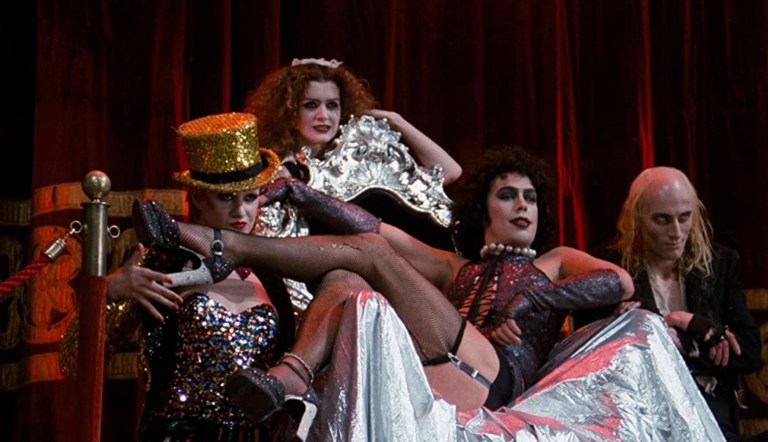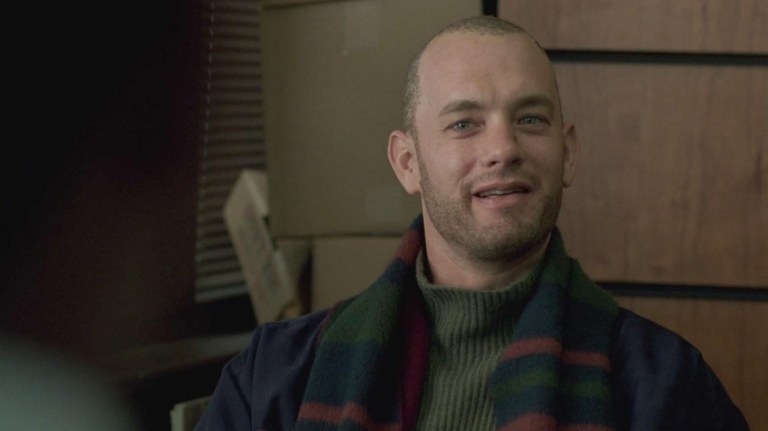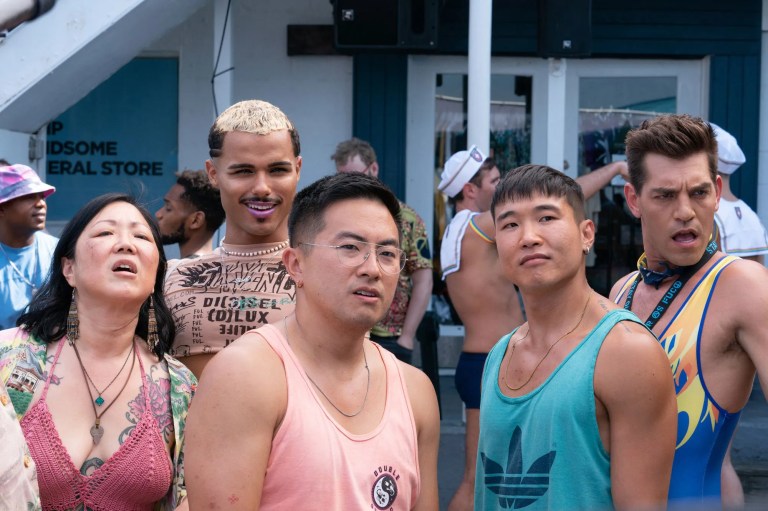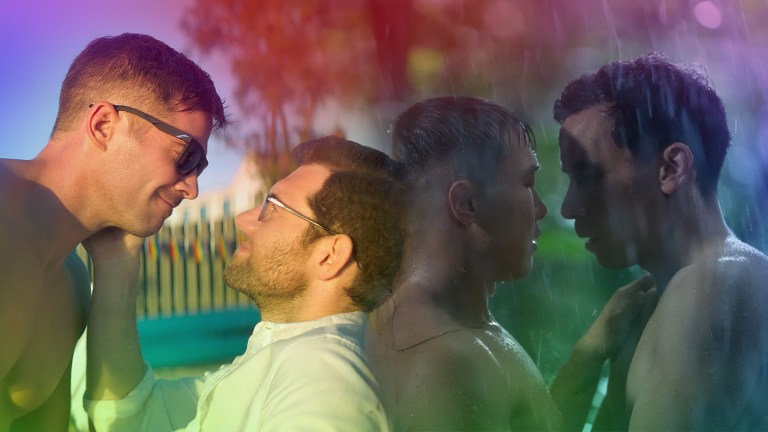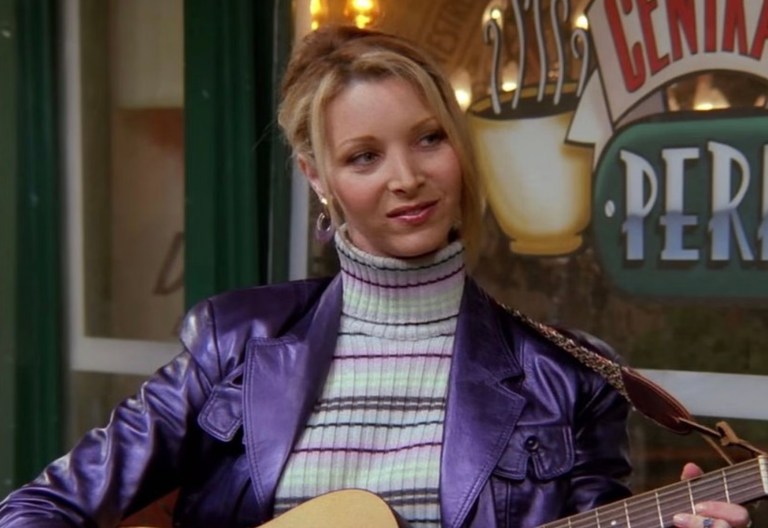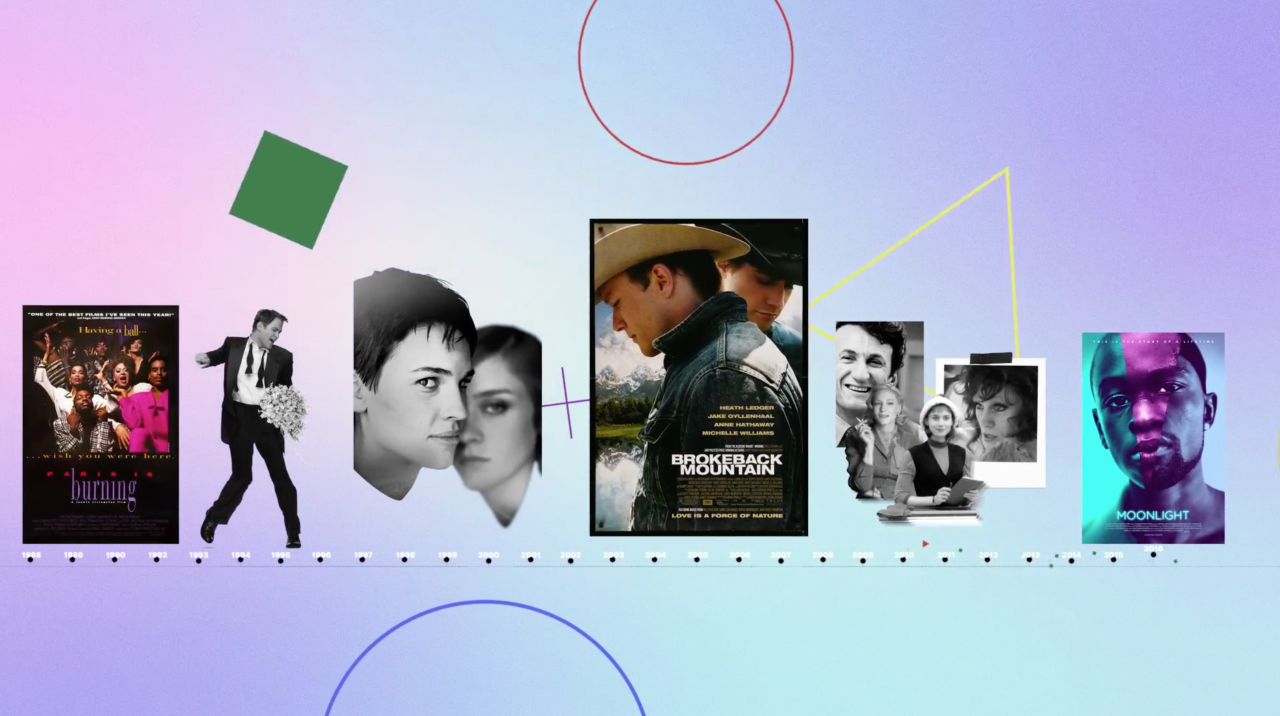
Queer Moments In Pop Culture: Watch How LGBTQ+ Hit The Mainstream Over The Past 50 Years
From Paris Is Burning (1990) to Brokeback Mountain (2005) to Moonlight (2016), the film industry has seen a massive shift in LGBTQ+ representation over the years. In our first episode, we break down the iconic moments in queer film history, highlighting works of some incredible filmmakers, directors and actors.
If you tuned into the Oscars these past few years, you probably witnessed a representation of the LGBTQ+ community that was unfathomable decades ago. Oscar-winners such as Rocketman (2019), Bohemian Rhapsody (2018), Call Me By Your Name (2017) and Moonlight (2016) show the winning streak that LGBTQ+ filmmakers have achieved after a long road of rejection, stereotypes and prejudice. As queer characters and voices propelled themselves to the forefront, filmmakers are becoming inspired to share the stories of their communities in passionate and honest visual storytelling. Not only are gay, lesbian and transgender movie characters getting screentime, but popular streaming platforms, such as Netflix, Hulu and Amazon, dedicate entire playlists to these films.
Almost one century ago, Hollywood was controlled by a set of so-called ethical codes. From 1934 to 1968, The Hays Code controlled all content displayed on popular motion picture film in the name of censorship. While these ethical standards did not extend to behavior behind the cameras, on-screen representations were held to a much stricter standard. Such rules proposed in this code banned showing a man and women in bed together, excessive or lustful kissing, sexual relationships between races, and sexual perversion…which in that era, translated to homosexuality.
Why was the US government and Motion Picture Association of America so afraid of what they were showing on screen? Because filmmaking is such a powerful medium and the artistic and technical process that requires a cast and crew of people to join in telling a story that ignites a fire of passion within each of them. Every single person involved in the film process lends their thumbprint on what audiences see. Films are pieces of art that an audience opens themselves up to hear, watch, feel, interpret, and leave with an understanding of someone else’s world that they didn’t know before.
It is 2020 and the LGBTQ+ community is still fighting to overcome politicized homophobia and violent discrimination due to a lack of empathy, understanding and appreciation for who they are as human beings. But the future is bright.
Directors such as Luca Guadagnino (Call Me By Your Name – 2017), Lisa Cholodenko (The Kids Are All Right – 2010), Todd Haynes (Carol – 2015) and Kimberly Pierce (Boys Don’t Cry – 1999) are just a few trailblazers who are inspiring up and coming LGBTQ+ filmmakers to keep creating. Keep writing, keep filming, keep promoting, because although the industry has come a long way, there are still more stories to be told and communities to be reached. And to the LGBTQ+ community, if you want to see more characters who look like you, talk like you, think like you, and not just in the stereotypical way that Hollywood sees you, support your favorite authentic and honest films. Share your stories on social media, tweet the filmmakers, host movie nights with your friends. It is 2020 and you have the power, as an audience, to demand more LGBTQ+ representation in film.
Check out our series Queer Moments In Pop Culture | So What? series to dive into the cultural shifts in attitudes towards queer and trans people and how these shifts have been reflected in pop culture. Over four episodes, we go back in time throughout the history of film, television, music and queer culture, to understand how far we’ve come and become inspired to continue making change for the future.
